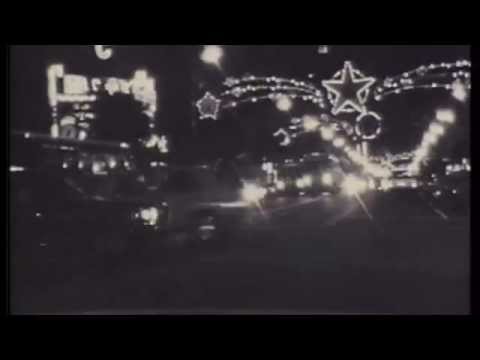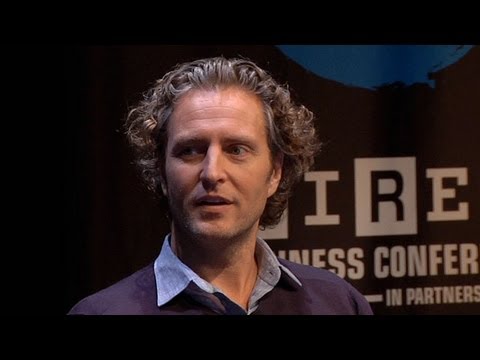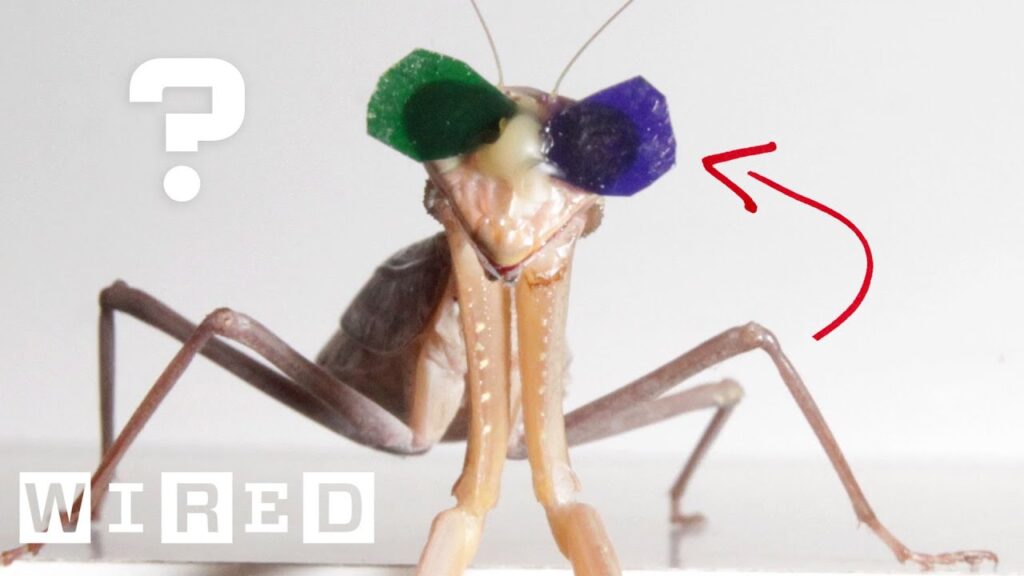The Formation and Consequences of Black Holes and Neutron Stars
Summary
Black holes and neutron stars are fascinating objects that have captured the attention of scientists and the public alike. In this article, we will explore the formation and consequences of black holes and neutron stars, including their ability to cause space-time to ring and create gravitational waves. We will also discuss the collision of neutron stars, which can create new elements. While there is a good understanding of gravity, there is still much to be learned.
The Formation of Black Holes and Neutron Stars
Black holes are formed from the remnants of massive stars that have collapsed under their own gravity. When a star runs out of fuel, it can no longer produce the energy needed to counteract the force of gravity. This causes the star to collapse in on itself, and if the star is massive enough, it will continue to collapse until it becomes a point of infinite density known as a singularity. The region around the singularity from which nothing can escape is known as the event horizon.
Neutron stars are also formed from the remnants of massive stars that have collapsed. However, instead of collapsing into a singularity, the core of the star collapses until it becomes so dense that protons and electrons combine to form neutrons. The resulting object is incredibly dense, with a mass greater than that of the sun but a radius of only a few kilometers.
Gravitational Waves and Space-Time Ringing
When black holes or neutron stars collide, they can create ripples in space-time known as gravitational waves. These waves were first predicted by Einstein’s theory of general relativity and were finally detected in 2015 by the Laser Interferometer Gravitational-Wave Observatory (LIGO). The detection of gravitational waves opened up a new window into the universe and allowed scientists to study objects that were previously invisible.
The collision of black holes or neutron stars can also cause space-time to ring like a bell. This ringing is caused by the distortion of space-time around the objects and can be detected by gravitational wave observatories. By studying the ringing of space-time, scientists can learn more about the properties of black holes and neutron stars.
The Collision of Neutron Stars
When neutron stars collide, they can create new elements through a process known as r-process nucleosynthesis. This process involves the rapid capture of neutrons by atomic nuclei, which can create heavy elements that are not formed through other processes. The collision of neutron stars can also create a burst of gamma rays known as a gamma-ray burst.
Quantum Mechanics and Black Holes
While there is a good understanding of gravity, there is still much to be learned about the intersection of gravity and quantum mechanics. Stephen Hawking’s discovery of radiation from black holes, known as Hawking radiation, has led to a crisis in our understanding of the universe. According to quantum mechanics, the location of something cannot be precisely determined, which produces radiation that pulls energy out of the black hole. This implies that the black hole is disappearing into quantum particles that have nothing to do with the material that went in, and the information is lost. This violates one of the most sacred principles of relativity.
Conclusion
In conclusion, black holes and neutron stars are fascinating objects that have taught us a great deal about the universe. The collision of these objects can create gravitational waves and new elements, and the study of their properties can help us to better understand the universe. However, there is still much to be learned about the intersection of gravity and quantum mechanics, and the discovery of Hawking radiation has led to a crisis in our understanding of the universe. We must continue to explore this intersection to gain a deeper understanding of the universe and its properties.







